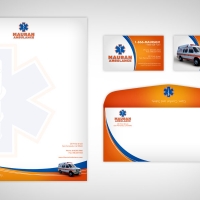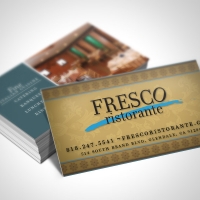











We’ve all sat through bad presentations before. Bad presentations are like fingerprints – no two are exactly alike – because there are so many ways to do it wrong, from mumbling, to being disorganized, to not knowing how to work PowerPoint. Well, here are eight things you can do right to make sure your presentation has an impact. A positive impact.
1. Know your audience
And tailor your presentation to them! Presentations are not one-size-fits-all. You have to consider your audience’s needs and wants, and figure out how to convince them that your product or service satisfies them. What are their main concerns? Soothe them. What benefits are they most interested in? Prove that your product or service will deliver them. For example, if you are selling marketing and branding services to people looking to expand into the Middle East, you obviously don’t want to talk about how well you understand Korean attitudes toward their business. Talk about what is relevant to them.
2. Stick to main points
Don’t describe a hundred things. People can only absorb so much information, even when they’re interested in the topic. Therefore, keep it simple. Stick to a few main points so that they understand your message and can recall it. If you give them too many things to think about, it will just wash over them, and they’ll tune out. At that point, all your talking at the front of the room might as well be a gas leak.
3. Listen to the client
The best presentations get a discussion going. Getting input and info from your audience is invaluable. Listen to what they have to say, and you’ll know exactly what people think of your topic. Then, you know what you’re up against. Invite comments, make people feel comfortable participating. Get them drunk, if you have to! Otherwise, their brains are black boxes, and you’ll never know what people think of your presentation.
4. Don’t forget the bottom line
Show how your product or service makes or saves money for your audience. Don’t leave them to speculate about it – give it to them in step-by-step fashion, if need be. Use examples and numbers, if it helps. If you prove that your product or service will have a positive impact on the bottom line, you win.
5. Be genuine
People are pretty good at spotting a fake. If you don’t really believe what you are saying, everyone will know. Don’t try to stretch the truth or employ gimmicks. Find what is authentic about your topic and deliver it clearly. Genuine enthusiasm is infectious.
6. Keep it short
Don’t waste people’s time. Don’t take more time than is necessary to deliver your material. If your first five minutes are spectacular and then people feel like the last 25 minutes are labored, they will remember you as someone who held them hostage long after the time when they were ready for a bathroom break. Don’t be that guy.
7. Be ready to make a deal
If you are selling, know what points are essential and non-negotiable, and which can be changed. That way, when people want adjustments, you will be prepared to tell them what is possible and what is not. Remove obstacles between you and closing a deal. Delay can mean lost business, even if it’s only a couple of days.
8. Make next steps easy
Tell your audience exactly how to take the next step, and give them all the information they need. If they want information emailed, send them emails. If they want brochures or business cards, hand them out. The point is, make it easy. If they have to spend any extra time or energy to take the next step, they might skip it.
Now you have some good tips to rely on. And remember, the worst that can happen is that they say “no.” And make fun of you behind your back. But don’t worry, you’ll be gone by then. Good luck out there!
Goliath Graffix
36 West Colorado Boulevard #208
Pasadena, CA 91105
Phone (626) 921-5808 | Fax (626) 628-1712
info@goliathgraffix.com